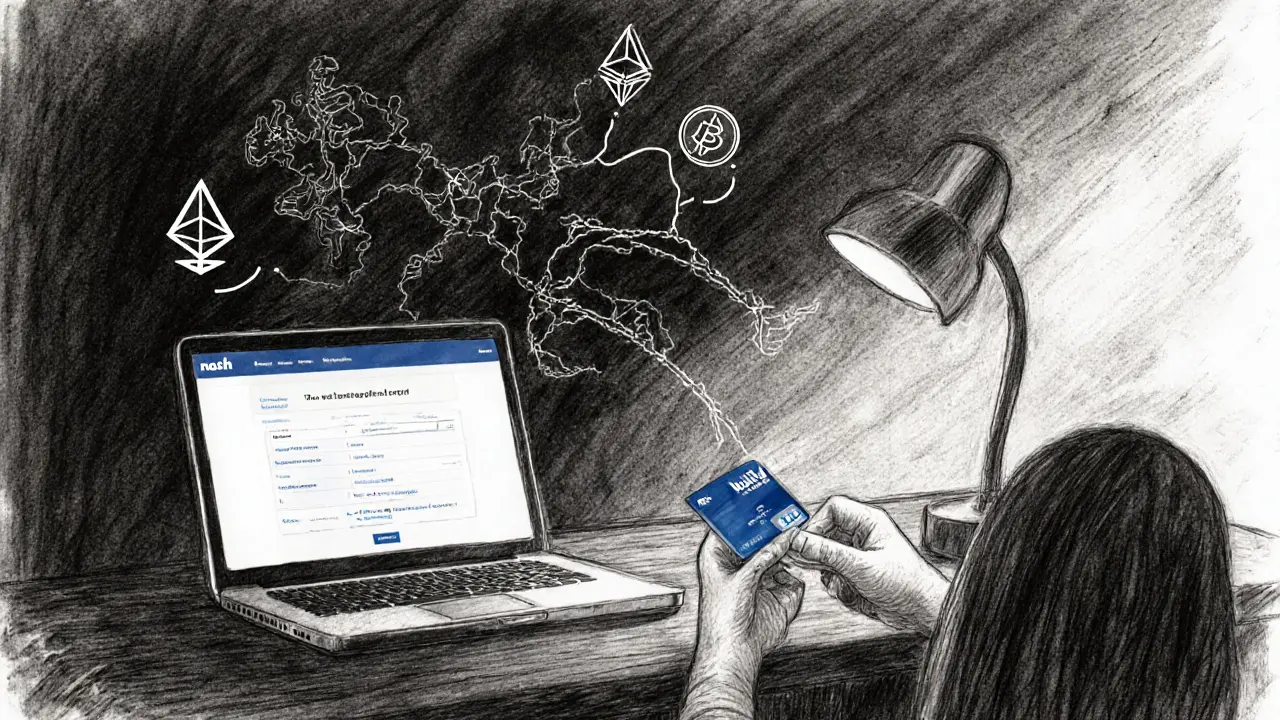Nash crypto exchange offers a secure, non-custodial way to buy and spend crypto with fiat in Europe. With a debit card, IBAN account, and 1% purchase fee, it's ideal for safety-focused users-but low liquidity limits large trades.
Nash Crypto Exchange: What It Was, Why It Disappeared, and What to Use Instead
When you think of a Nash crypto exchange, a non-custodial decentralized exchange that let users trade directly from their wallets without handing over private keys. Also known as Nash Platform, it was one of the early attempts to merge the speed of centralized exchanges with the security of DeFi. Unlike Binance or Coinbase, Nash didn’t hold your crypto. You signed trades directly from your wallet—no deposit, no withdrawal delays. That made it a favorite among privacy-focused traders in 2019 and 2020.
But Nash wasn’t just about trading. It also offered a Nash wallet, a multi-chain crypto wallet with built-in swap functionality that supported Ethereum, BSC, and Polygon. Users could hold, send, and swap tokens all in one place. It even had a unique feature: limit orders on-chain, something most DEXs still struggle with today. That’s why people trusted it—until the updates stopped. By late 2022, Nash’s app froze. Its Twitter went silent. The website redirected to a placeholder page. No official shutdown notice. No refund. Just silence.
Why did it vanish? The short answer: funding ran out. Nash raised over $20 million from investors like Pantera and Coinbase Ventures, but scaling a non-custodial exchange with real-time order books is brutally expensive. Transaction fees, liquidity provision, and infrastructure costs ate through cash fast. Meanwhile, competitors like Uniswap and dYdX improved their UX and slashed fees. Nash couldn’t keep up. The team quietly dissolved. The token, $NASH, is now worth less than a penny, with zero trading volume.
So what now? If you’re looking for the same experience—non-custodial, fast, no KYC—try Uniswap, a decentralized exchange on Ethereum that lets you swap tokens directly from your wallet with no middleman. Or switch to MEXC, a centralized exchange that still offers low fees and strong security without requiring you to lock up your assets. Both have active communities, real volume, and transparent teams. Nash taught us that even the best ideas can die without cash flow. Don’t let your crypto sit in a dead platform. Move it. Check the latest stats. And always ask: is this still alive?
Below, you’ll find real reviews of exchanges that are still running—some safe, some risky, and one that’s a complete scam. We’ve dug into the data so you don’t have to.

